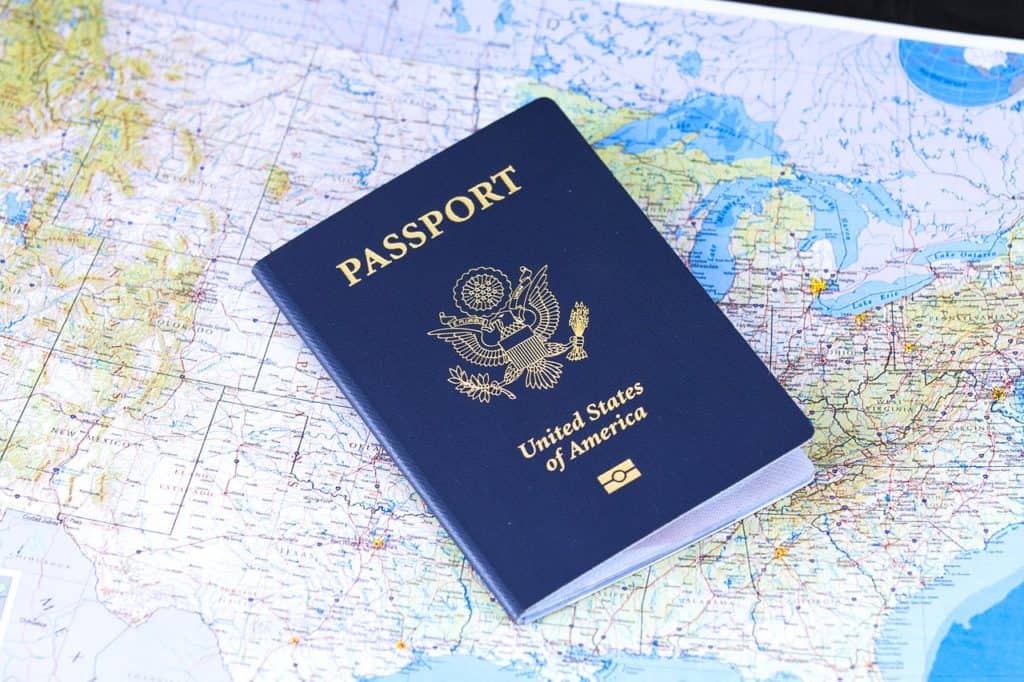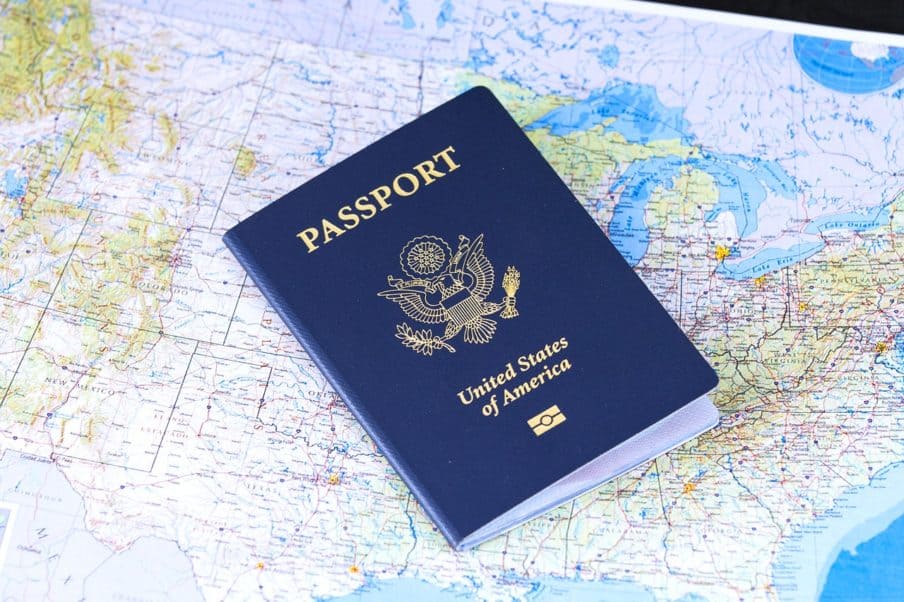
Picture this: you’re soaking up the sun in Costa Rica, whether on a dream vacation or living the expat life, when suddenly you realize your passport is gone. Maybe it was misplaced during a beach day in Tamarindo, or perhaps a sneaky pickpocket nabbed it in San José. Whatever the case, losing your passport—or worse, having it stolen—can feel like a traveler’s worst nightmare. Trust me, I’ve been there, and while it’s stressful, it’s not the end of the world. The experience taught me some hard-earned lessons I’ll never forget, and I’m here to share them with you so you’re prepared if it ever happens.
In this guide, we’ll walk through the steps to replace a lost or stolen passport in Costa Rica, what to bring to the embassy or consulate, and even how to handle the extra headache of lost money or credit cards. Plus, I’ll toss in some practical tips to prevent this mess in the first place. Let’s get started!
Step 1: Replacing Your Lost or Stolen Passport in Costa Rica

The first thing you’ll want to do is head to the local Costa Rican police to file a report. This isn’t just a formality—it’s a key piece of the puzzle that can speed up the process with your embassy or consulate. The police report (ideally from the OIJ—Organismo de Investigación Judicial) serves as official proof that your passport was lost or stolen, which consular officials appreciate when processing your replacement. If language barriers or other hurdles make this tricky, don’t panic—you can still get a new passport without it, though you might need to explain the situation in more detail.
Next, you’ll need to tackle some paperwork. For U.S. citizens (and many others), this means filling out two forms: DS-64 (Statement Regarding a Lost or Stolen Passport) and DS-11 (Application for a U.S. Passport). Ideally, download and complete these forms before heading to the consulate. Most hotels, hostels, or coworking spaces in Costa Rica offer free Wi-Fi, so you can hop online, grab the forms from the U.S. Department of State website, and print them out. No printer access? No worries—the embassy or consulate will have copies available, though having them ready ahead of time saves you a step.
While you’re online, pull up any digital backups you (hopefully) made before your trip. A scanned copy of your passport or other ID stored in the cloud can be a lifesaver. Print those out too—they’ll help prove your identity and citizenship. Then, swing by a local photo shop to get a passport-sized photo taken. Make sure it meets the official requirements (check the Department of State website for specifics if you’re unsure).
Step 2: Handling Lost Money and Credit Cards

If your passport wasn’t the only casualty and you’re also out of cash or cards, things can feel overwhelming. But there’s a workaround. Get online—whether through Skype, WhatsApp, or Facebook—and reach out to family or friends back home. Ask them to send money via a service like Western Union or Zelle. With Western Union, you can pick up the funds at a nearby office, assuming you’ve got some form of photo ID (like that printed passport copy) and your police report or embassy documents to back you up. It usually takes just a few hours for the money to come through, though timing can vary.
If you’re stuck without a place to stay while sorting this out, consider asking your loved ones to book a hotel room for you remotely. It’s a small ask that can make a big difference, especially if this chaos hits at an inconvenient hour (and doesn’t it always?).
Step 3: Visiting the Embassy or Consulate in San José
No matter your nationality, replacing a passport in Costa Rica means a trip to San José, where most embassies and consulates are located. Plan to spend a few days there, as processing times can vary. For U.S. citizens, the American Embassy in Pavas, San José, is your go-to spot, but you’ll need to book an appointment online via the U.S. Citizens Services Navigator—walk-ins aren’t an option. Check online for your country’s specific office if you’re from elsewhere.
When you arrive, bring everything you’ve gathered: your passport photo, any identification (like a driver’s license), proof of citizenship (a birth certificate or that handy passport photocopy), your travel itinerary, the police report (if you have it), your Social Security number for the DS-11 (or be ready to sign a statement if you’ve never had one), and those completed DS-11 and DS-64 forms. Here’s a quick reference table to keep it all straight:
| Item | Details |
|---|---|
| Passport Photo | Must meet official size and background specs |
| Identification | Driver’s license or similar photo ID |
| Proof of Citizenship | Birth certificate or passport photocopy |
| Travel Itinerary | Flight details or travel plans |
| Police Report | Optional but helpful |
| Social Security Number | Required for DS-11, or sworn statement if none |
| DS-11 Form | Application for a new passport |
| DS-64 Form | Statement about the lost/stolen passport |
One thing to note: embassies and consulates have strict security rules. Don’t bring cell phones, bags, electronics, food, drinks, or anything that could be considered a weapon (even small tools). Leave those at your hotel to avoid delays.
Costs, Timing, and Emergency Passports

Replacing a passport isn’t free, so expect to pay around $165 for an adult U.S. passport book—exact fees depend on your country and age. Emergency passports might be free if you’re a crime victim with no cash, but that’s rare. Factor this into any money requests you send to friends or family. Consulate hours can also be limited (for the U.S., think weekday mornings, typically 8 AM–12 PM), so check the schedule ahead of time and arrive early. Missing those hours could mean waiting an extra day—or more.
Processing times vary: emergency passports can be issued same-day if you’re in a pinch, but full-validity ones take 2–3 weeks since they’re printed in the U.S. and mailed back via Correos de Costa Rica (add another 5 days for delivery). Plan accordingly! Once processed, you might receive an emergency passport with limited validity, good for getting you home but not much else. When you’re back on home soil, apply for a full-validity passport as soon as possible and surrender the emergency one. Fair warning: emergency passports can sometimes raise eyebrows at immigration checkpoints. I once got extra scrutiny in London during a layover, though it was more of a hassle than a real issue.
How to Prevent Losing Your Passport in Costa Rica
Prevention beats replacement any day. There are two schools of thought on keeping your passport safe in Costa Rica. Some swear by carrying it everywhere, tucked into a concealed money belt or hidden pocket—out of sight, out of mind for thieves. Others, like me, prefer leaving it stashed at the hotel, ideally in an in-room safe or buried in a suitcase. The logic? It’s less likely to get swiped from your room than lifted off you while exploring bustling spots like Manuel Antonio or Monteverde.
If you carry it, never toss it in a backpack or bag—those are prime targets for pros. If you’re in a situation where ID is required (Costa Rica doesn’t mandate carrying a passport, but officials might ask), a driver’s license and a photocopy of your passport usually do the trick. Consistency is key: pick a method and stick to it, so you always know where your passport is.
Final Thoughts
Losing a passport in Costa Rica—or having it stolen—doesn’t have to derail your trip. With a little preparation (like cloud backups) and a clear plan, you can bounce back quickly. Take it from someone who’s been there: a calm approach and the right steps can turn a nightmare into just a bumpy detour. So, keep those precautions in mind, enjoy your time in Costa Rica, and rest easy knowing you’ve got this covered if the worst happens.

